EPISODE
A Quick Look at Path to Personalization
Ready to find your style of personalization?
Featured Episodes

Path to Personalization
Be the Best Curator (From Path to Personalization)

Spotlight
CX Day: Medallia Employees Share Why They Love CX

Experience ’24
S1: E39 - Changing the Game: Strategy, Innovation, & AI with Walgreens, UBS, and Volvo

Experience ’24
S1: E38 - Redefining the Possible with CEO Joe Tyrrell

Experience ’24
S1: E37 - Defining Trust in Generative AI with CPO Simonetta Turek

Experience ’24
S1: E35 - Announcing: Themes with Generative AI

Experience ’24
S1: E34 - Announcing: Intelligent Summaries

Experience ’24
S1: E31 - The Power of Personalization: Research & Methods to Unlock Customer Loyalty

Experience ’24
S1: E30 - How Adobe Instills Customer Trust by Acting on Product Feedback

Experience ’24
S1: E29 - Prioritizing CX Improvements with Text Analytics and Generative AI

Experience ’24
S1: E28 - Orchestrating Experiences to Win, Serve, and Retain Customers

Experience ’24
S1: E27 - Analyzing Behaviors of Customer Segments to Plan for Success

Experience ’24
S1: E26 - Harnessing the Power of Medallia for Google Review Elevation

Experience ’24
S1: E25 - How Prudential’s Customer Obsessed Transformation Delivers Business Value

Experience ’24
S1: E24 - Meta’s Recipe for Success: How to Build a CX Program From Zero to Scale

Experience ’24
S1: E23 - Employee Experience for the Intelligence Age: Everything Is Different

Experience ’24
S1: E22 - Market Research to the Max: Using Advanced Stats to Drive ROI

Experience ’24
S1: E21 - Guide Your Strategy with Lessons Learned from CX Leaders

Experience ’24
S1: E20 - The AI-Driven Evolution of Enterprise Customer Success Programs

Experience ’24
S1: E19 - Consumer Trends Research: What to Know for 2024

Experience ’24
S1: E18 - Unlocking Success: Optimizing Digital Experience for Maximum ROI

Experience ’24
S1: E17 - Unlocking Lasting Performance Gains Through Behavior-Focused Coaching

Experience ’24
S1: E16 - Speaking Volumes: How Speech Analytics Amplifies the Voice-of- the-Customer

Experience ’24
S1: E15 - From Customer to Life Centric: Experience Management Drives Transformation

Experience ’24
S1: E14 - Driving Executive Buy-in with Data Insights and Analytics

Experience ’24
S1: E13 - 2 Minds Are Better Than 1: Mixing Research Methods for Powerful Insights

Experience ’24
S1: E12 - The Evolution of CX: Where It’s Been; Where It Must Go

Experience ’24
S1: E11 - Putting Consumers First with Personal, Seamless Interactions

Experience ’24
S1: E10 - Short, Modern, Smart: Northwestern Medicine’s EX Program Evolution

Experience ’24
S1: E9 - Unlock What Customers Really Want with Conversation Intelligence

Experience ’24
S1: E8 - Digital First, but Not Digital Only: Operationalizing Customer Experience

Experience ’24
S1: E7 - 2024 Megatrends and How People and Analytics Leaders Should Respond

Experience ’24
S1: E6 - How to Improve Engagement and Productivity Across the Employee Journey

Experience ’24
S1: E5 - Personalizing Experiences in a High Stakes Environment

Experience ’24
S1: E4 - Moving to Sentiment Based Scoring

Experience ’24
S1: E3 - Giving Feedback a Face with Video

Experience ’24
S1: E2 - Artificial Intelligence and the Human Connection: Text Analytics in Action

Experience ’24
S1: E1 - Medallia Experience ‘24 Keynote: Redefining the Possible in Generative AI and Personalization

Quick Takes
S2: E3 - 5 Quick Takes on Successful Personalization

Quick Takes
S2: E2 - 4 Ways to Enhance Omnichannel Experiences

Quick Takes
S2: E1 - 5 Must-Haves for CX Success in 2024

Quick Takes
S1: E9 - 3 Things to Know About the Experience of Inflation for Customers

Quick Takes
S1: E8 - 5 Ways to Advance Your Employee Listening Strategy

Quick Takes
S1: E7 - 3 Reasons Feedback Is Crucial to Creating an Outstanding Culture

Quick Takes
S1: E6 - 4 Tips to Creating a Connected Experience with DICK’S Sporting Goods

Quick Takes
S1: E5 - The 3 Layers of State Farm’s Digital Transformation

Quick Takes
S1: E4 - 4 Insights Into State Farm’s Connected Experience

Quick Takes
S1: E3 - 4 Ways to Deepen Your Understanding of the Customer with Michelle Brigman

Quick Takes
S1: E2 - 3 Ways Feedback Drives Customer Love with Fred Reichheld and CVS

Quick Takes
S1: E1 - 3 Reasons Why You Should Measure Earned Growth with Fred Reichheld

Medallia Talks
S2: E1 - Boosting CX Impact through Personalization ft. Walgreens & Fred Reichheld

Medallia Talks
S1: E8 - Medallia + Adobe: How to Boost Digital Conversion through Personalization

Medallia Talks
S1: E7 - Medallia Talks with CVS Pharmacy, Inc

Medallia Talks
S1: E5 - The Future of CX: Re-Orienting Digital and People Strategies Around the Customer

Medallia Talks
S1: E4 - Medallia Talks ‘Experience Excellence’ with State Farm

Medallia Talks
S1: E3 - How UMB Used Speech Analytics to Reduce Costs and Improve Customer Experience

Medallia Talks
S1: E2 - How to Drive a Luxury Brand Experience That Builds Loyalty

Medallia Talks
S1: E1 - Medallia Talks with Fred Reichheld and Leslie Stretch

Spotlight
S2: E7 - A 60-Second Look at Total Experience Profiles

Spotlight
S2: E6 - A 60-Second Look at Activating Your People

Spotlight
S2: E5 - Banner Health Innovates Patient Experience with Medallia

Spotlight
S2: E4 - Pip Hare Relies on Infinite Tuning

Spotlight
S2: E3 - BAC Reimagines Banking with Medallia

Spotlight
S2: E1 - It’s Back: Medallia Experience 2024

Spotlight
S1: E13 - H&R Block Activates Every Employee with Medallia

Spotlight
S1: E12 - A Closer Look at the #1 Enterprise Experience Platform

Spotlight
S1: E11 - Petco Drives Growth by Taking Action on Feedback

Spotlight
S1: E10 - Volvo Cars Unifies Consumer Experience Through “One Voice” Program

Spotlight
S1: E9 - MotoAmerica Partners with Medallia to Put on a Great Show

Spotlight
S1: E8 - Best Western Understands What Matters Most with Medallia

Spotlight
S1: E7 - CX Day: Medallia Employees Share Why They Love CX

Spotlight
S1: E6 - Ride the Wave with Sarah Hauser and Medallia

Spotlight
S1: E5 - Medallia and McLaren, a Winning Combination

Spotlight
S1: E4 - Fix Problems Before They Happen and Make Experiences Extraordinary

Spotlight
S1: E3 - CX Day: Customer Experience Pros Share Why They Love CX

Spotlight
S1: E2 - Pip Hare and Team Medallia Have Big Plans for Vendee Globe
SHOW
Experience ’24
Rewatch keynotes, sessions, and more from Medallia's Experience '24 conference.
Collections




Path to Personalization
S1: E11 - A Quick Look at Path to Personalization

Path to Personalization
S1: E10 - Be the Best Curator (From Path to Personalization)

Path to Personalization
S1: E9 - Be the Best Designer (From Path to Personalization)

Path to Personalization
S1: E8 - Be the Best Coordinator (From Path to Personalization)

Path to Personalization
S1: E7 - Be the Best Collector (From Path to Personalization)

Path to Personalization
S1: E6 - Behind the Scenes of Path to Personalization

Path to Personalization
S1: E5 - Practitioner’s Look at The State of Personalization in 2024

Pointers
S2: E4 - Small Changes, Big Impact: A Tactical Plan for Digital Experience Success (Part 3 of 3)
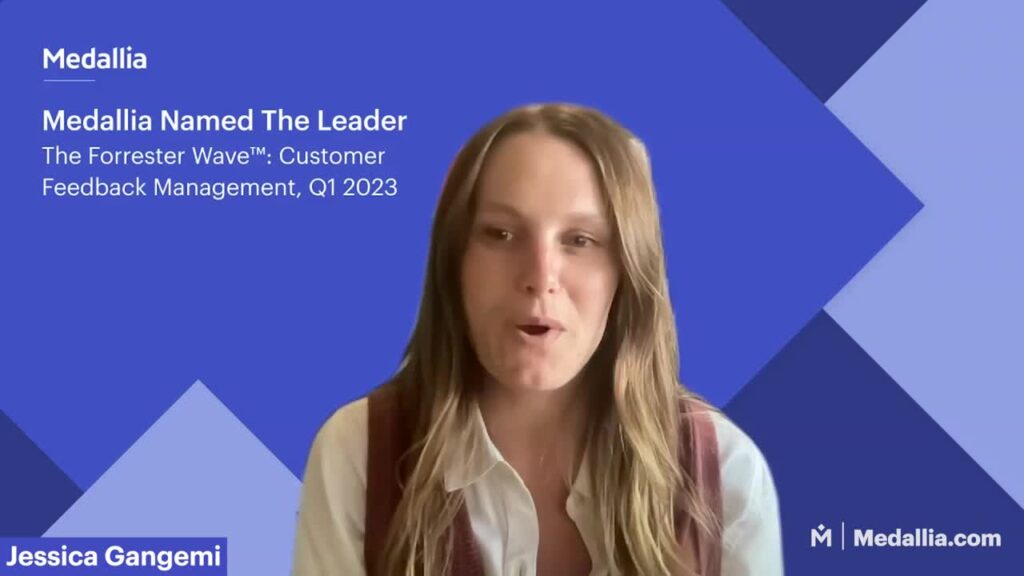
Pointers
S2: E3 - Small Changes, Big Impact: A Tactical Plan for Digital Experience Success (Part 2 of 3)
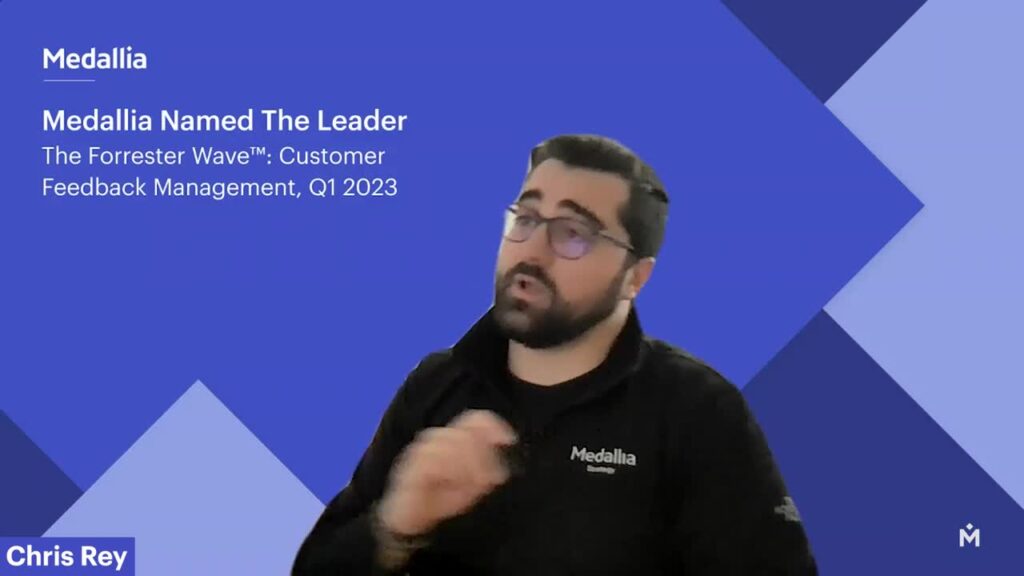
Pointers
S2: E2 - Small Changes, Big Impact: A Tactical Plan for Digital Experience Success (Part 1 of 3)
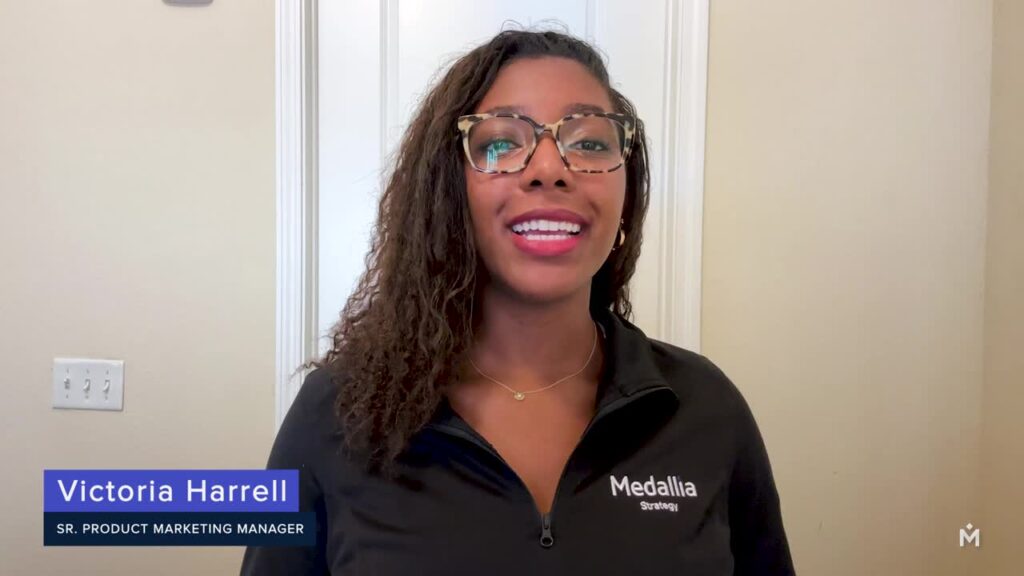
Pointers
S2: E1 - Connecting Experiences for a Differentiated Contact Center Strategy
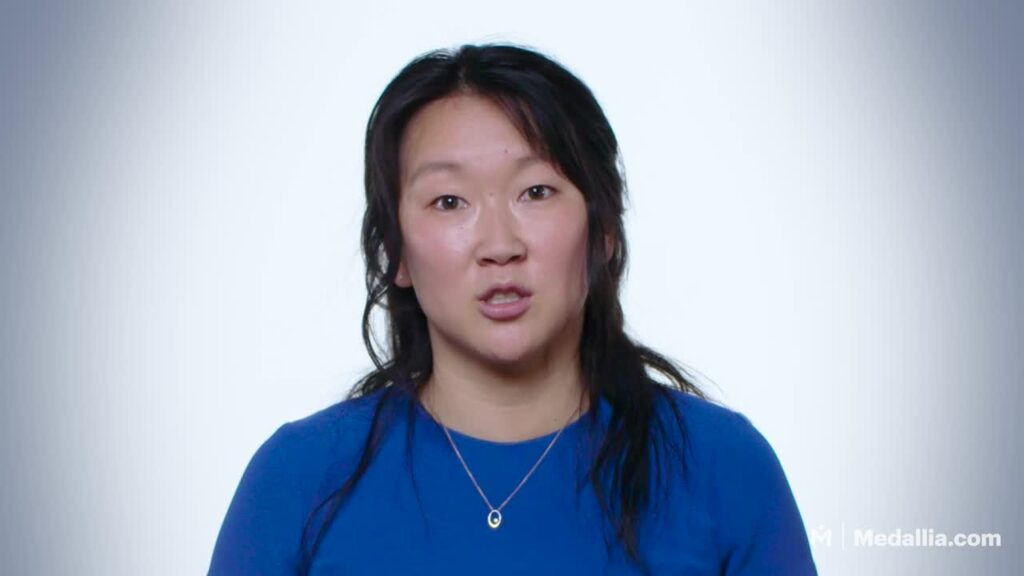
Pointers
S1: E5 - Using Agile Methods to Improve Online Experiences
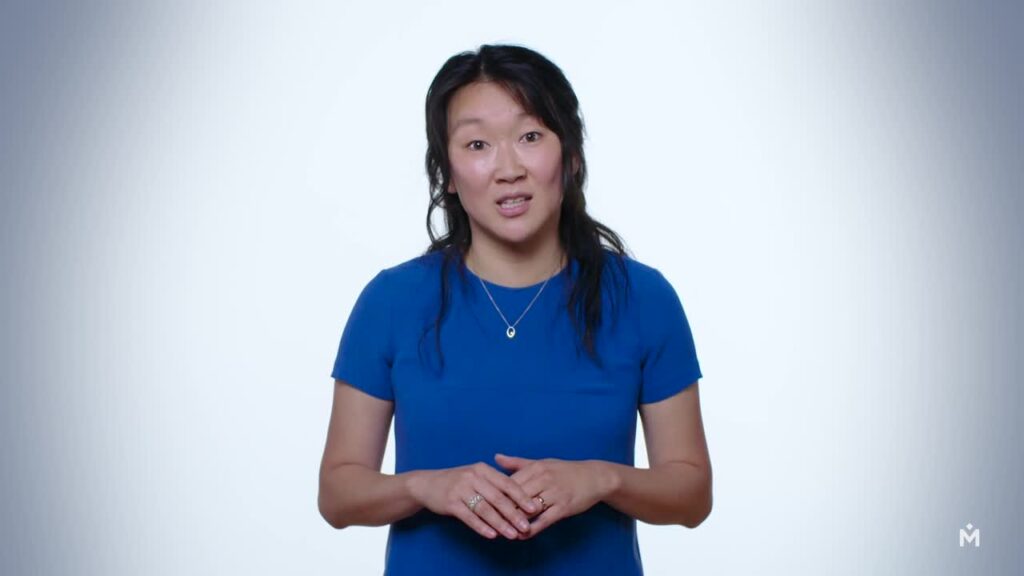
Pointers
S1: E4 - Leveraging Crowdsourcing to Engage Employees and Fuel Ideas
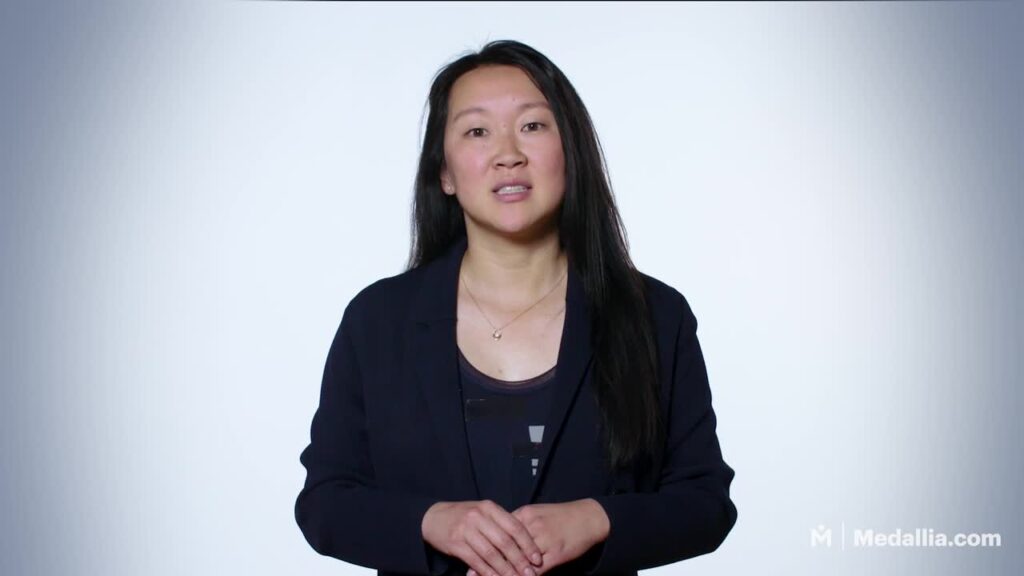
Pointers
S1: E3 - Driving Frontline Action Using Customer Feedback
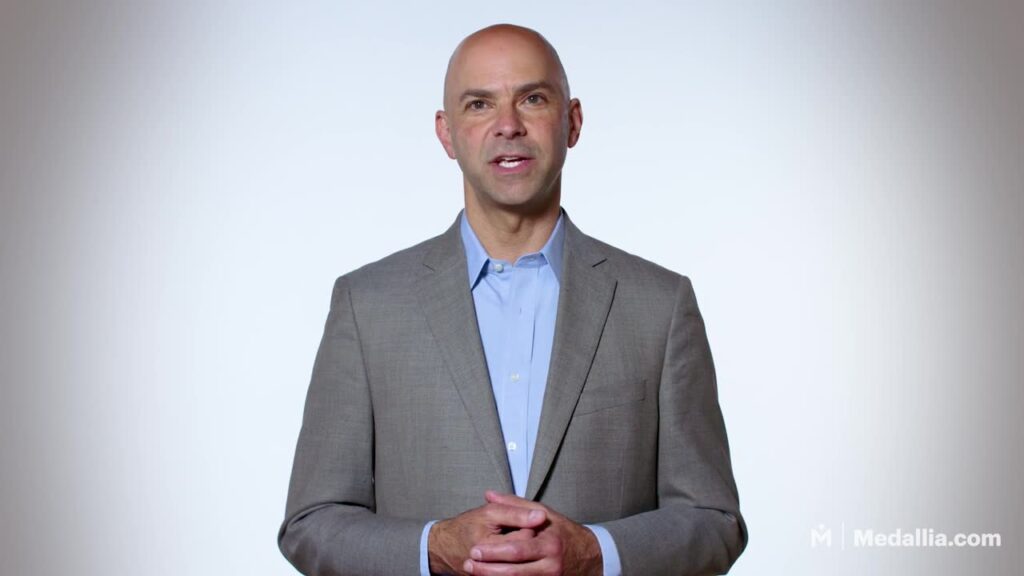
Pointers
S1: E2 - Focusing on Frontline Employees to Transform Culture
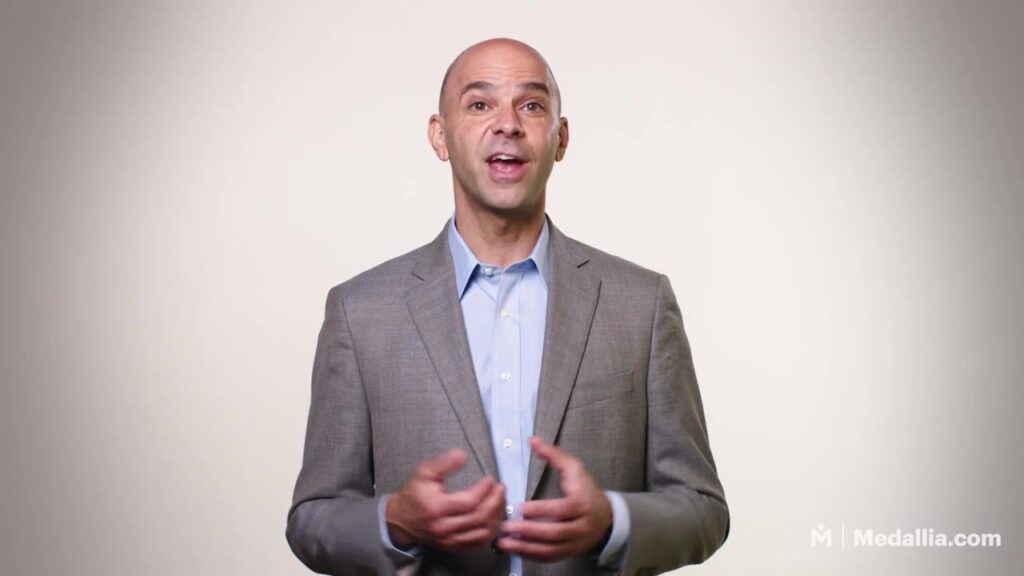
Pointers
S1: E1 - Tapping into the Power of Two-Way SMS Messaging
Recent Releases

Path to Personalization
Behind the Scenes of Path to Personalization

Quick Takes
3 Things to Know About the Experience of Inflation for Customers

The Whole Experience
S1: E6 - Highlights from our 2023 Global Week of Giving

The Whole Experience
S1: E5 - My Experience Matters: Meet DaRaun Crawford

The Whole Experience
S1: E4 - My Experience Matters: Meet Michelle Lechuga

The Whole Experience
S1: E3 - Medallians Making It Happen: Simeon Watson

The Whole Experience
S1: E2 - Medallians Making It Happen: Juneteenth Edition

The Whole Experience
S1: E1 - Medallians Making It Happen: Megan Williams


















